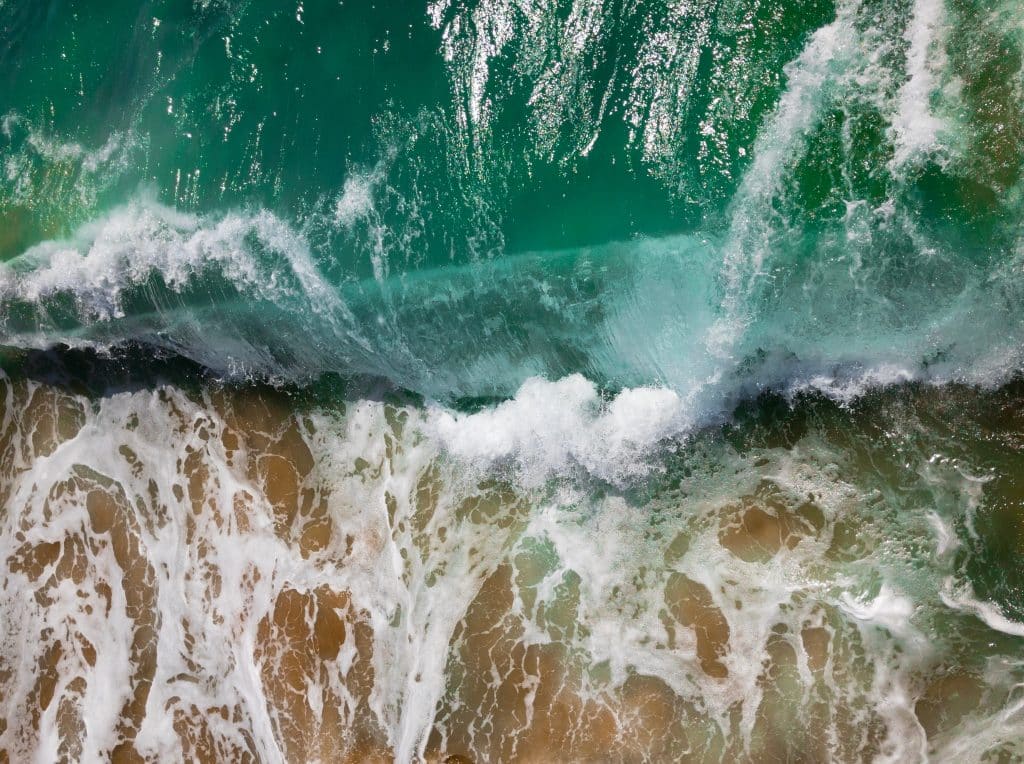Get key information on wave energy. Discover why it's an infinite source of renewable energy and how it's used to create electricity.
What is wave energy?
Wave energy (also known as ocean energy and sea wave energy) is a naturally occurring form of power derived from the force generated from driving waves at sea. It is produced and harnessed by electricity generators that are placed on the surface of the ocean.
The amount of energy created is determined by the wave’s height, speed, wavelength, and water density. The power produced by wave energy is commonly used at desalination plants, water pumps at sea and crucially, at power plants.
From these power plants, the electrical energy (electricity) can be distributed to homes in the nearby area. This electricity can be transported to your home if you live in an urban city, but the cost of delivering the fuel that far makes it unviable.
The UK, along with the US, Ghana, Spain and Portugal, are some of the largest produces of wave energy in the world.
How does wave energy work?
When the wind blows at sea, it transfers its energy to the water and waves are formed. The relentless motion of the waves contains a tremendous amount of kinetic energy which is captured by generators at the bottom of the ocean.
In fact, wave energy is derived from both solar energy and wind power, but you’d have to go back a few steps to see how. When sun rays hit the earth’s atmosphere, the intensity (temperature) of the rays vary at different parts of the globe.
This difference in atmospheric temperature causes atmospheric air to travel from hotter to cooler parts of the earth. This movement from one spot to another produces wind as we know it.
Advantages of wave energy
The most obvious reason for harnessing the power of waves is that it’s renewable. As long as there are oceans and winds, there will always be waves and the energy they produce. Some other benefits of wave energy include:
- It’s green energy and friendly to the environment - producing power from waves creates no gas, waste, pollution or any harmful byproducts
- It’s as predictable as clockwork - as our weather can be forecast, it’s possible to calculate the amount of energy waves will produce in advance
- It reduces the reliance on foreign oil imports - the need for fossil fuels can be limited if countries maximum the potential of wave energy.
Disadvantages of wave energy
Despite its benefits, wave energy does have some negatives attached to it, namely:
- Stand out generators - wave energy generators can ruin the visual beauty of oceans. Also, they can be noisy and unpleasant to local inhabitants
- Location, location, location - speaking of the locals, wave energy is only really beneficial to those who nearby
- Disturbs the ecosystem - the generators used to harness wave power need to be placed on the seafloor which may destroy or alter the habitats of sea animals and creatures.
Is wave energy cheap?
Not really. While the natural resources, i.e. sunlight, wind and water, involved in creating wave energy are both free and in abundance, the same cannot be said for the supporting technology. Ultimately, if wave power ends up being expensive to deliver to power stations, those costs could be passed on to energy customers.
The best-case scenario is for the technology to become inexpensive in the future, and hopefully, we can all reap the benefits of cheaper wave energy.
Switch your energy supplier
To get the best deals, you need to switch energy providers. Use our technology to compare energy deals and see how much you could save on your next energy bill.
Compare gas and electricity deals
We monitor the market and automatically switch you to better deals for free.
